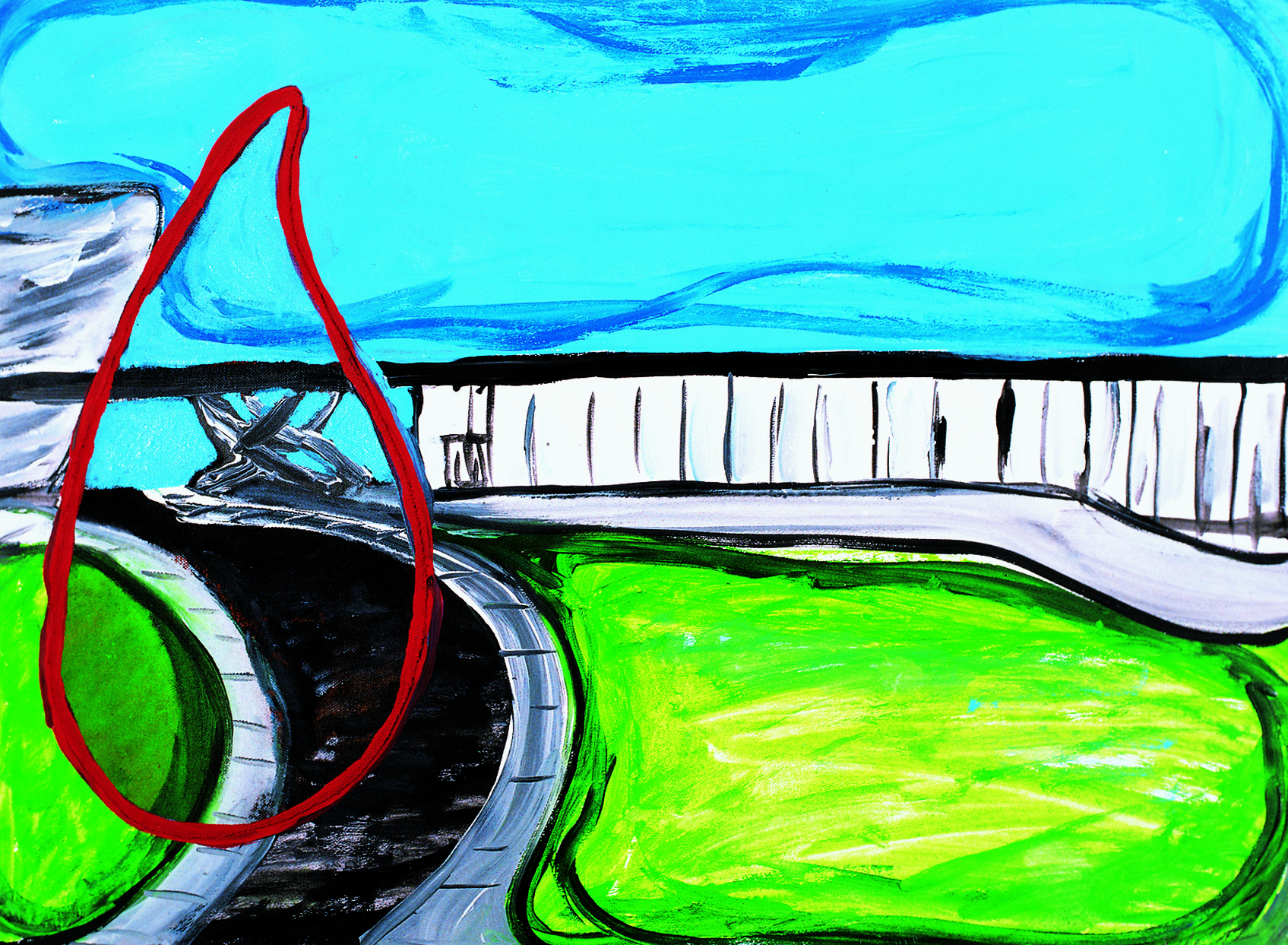
credits: Leda Catunda, MAM, 1998. Photo: Romulo Fialdini
The notion of modernity has for a long time been closely tied, from a historical and cultural perspective, to urban environments and industrialization. However, many modern paintings of the 1930s and 1940s—such as those of Di Cavalcanti, Francisco Rebolo, Tarsila do Amaral and José Antonio da Silva—depict suburban areas and the outskirts of cities at a time when urban development was still in its very early stages. Instead of city life and landscapes, with towering buildings and bridges, Tarsila do Amaral presents rural farm scenes with small houses, trees, and cacti. José Antonio da Silva portrays villages that are still quite undeveloped, where country markets, horse-drawn transport, and a slower pace of life reveal a world that is a far cry from the frenetic rhythm of the modern metropolis. During this period, many modernist painters adopted traditional forms, favoring rustic imagery as a more accurate reflection of the Brazilian culture of the time. By contrast, contemporary artists such as Leda Catunda, Shirley Paes Leme, and André Komatsu engage directly with the urban environment. Catunda depicts the glass façade of the MAM building in Ibirapuera Park, while Paes Leme repurposes an air-conditioner filter to expose São Paulo’s air pollution. Komatsu, in turn, presents broken glass and shattered windows patched up with chipboard. The works of these artists reveal a city that, despite its green spaces for leisure and its cultural institutions, remains an inhospitable and violent environment. (C.A.)










